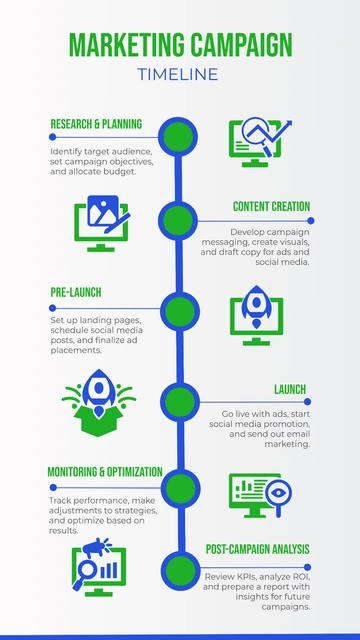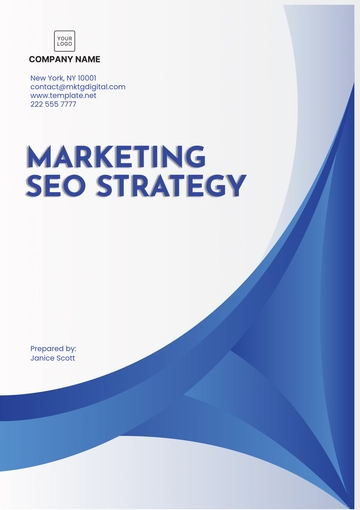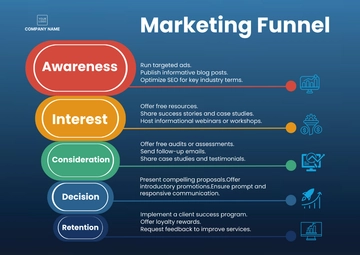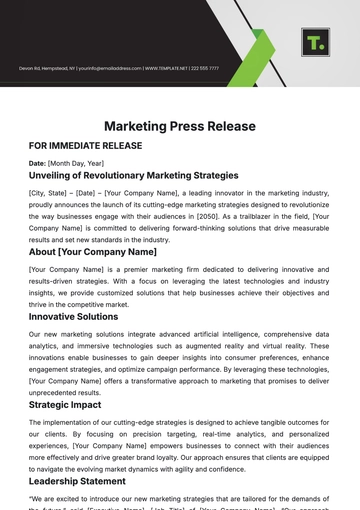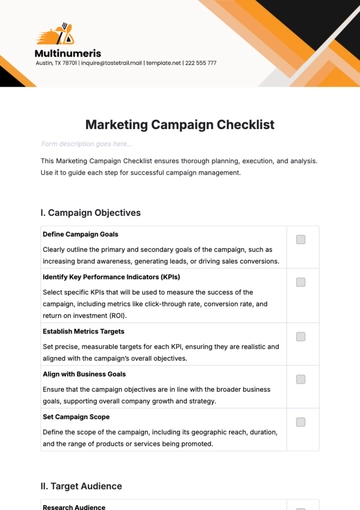Free SEO Article
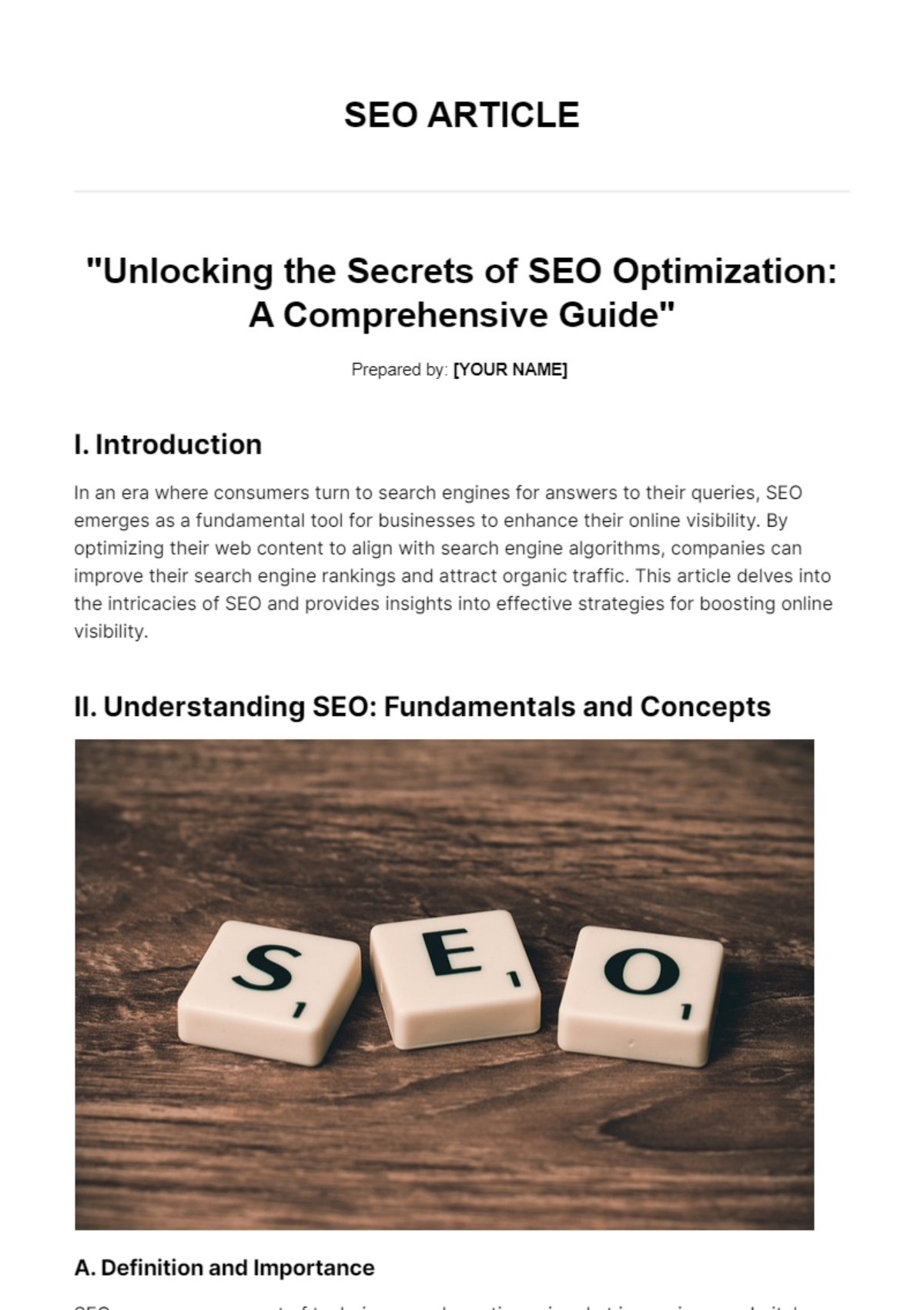
"Unlocking the Secrets of SEO Optimization: A Comprehensive Guide"
Prepared by: [YOUR NAME]
I. Introduction
In an era where consumers turn to search engines for answers to their queries, SEO emerges as a fundamental tool for businesses to enhance their online visibility. By optimizing their web content to align with search engine algorithms, companies can improve their search engine rankings and attract organic traffic. This article delves into the intricacies of SEO and provides insights into effective strategies for boosting online visibility.
II. Understanding SEO: Fundamentals and Concepts
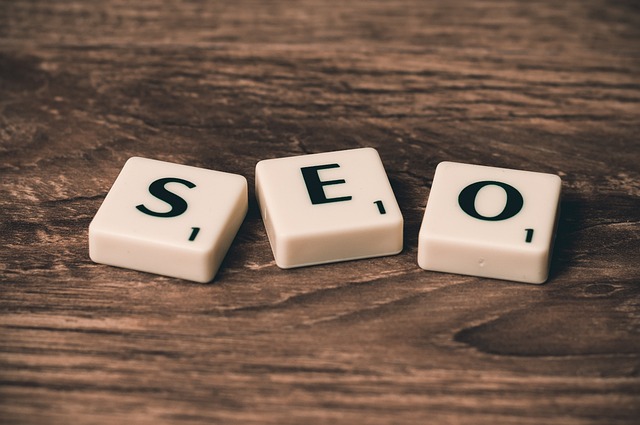
A. Definition and Importance
SEO encompasses a set of techniques and practices aimed at improving a website's visibility on search engine results pages (SERPs). By optimizing various elements such as content, keywords, and backlinks, SEO enables websites to rank higher in organic search results. In an increasingly competitive digital landscape, SEO is crucial for businesses looking to increase their online presence, attract relevant traffic, and ultimately, drive conversions.
B. Key Components of SEO
Effective SEO involves optimizing both on-page and off-page factors to enhance a website's relevance and authority in the eyes of search engines. On-page optimization focuses on elements within the website itself, including content quality, keyword usage, and meta tags. Off-page optimization, on the other hand, involves activities such as link building and social media marketing to improve the website's credibility and authority.
III. The Evolution of Search Algorithms
A. Historical Overview
The field of SEO has witnessed significant evolution since its inception, driven by continuous updates to search engine algorithms. Early search engines relied primarily on keyword density and meta tags to determine rankings. However, with advancements in machine learning and natural language processing, search algorithms have become more sophisticated, prioritizing factors such as relevance, quality, and user experience.
B. Current Trends and Updates
In recent years, search engines like Google have introduced algorithm updates such as BERT and RankBrain, which prioritize context and user intent in search results. Additionally, the rise of mobile search and voice search has compelled SEO practitioners to optimize for mobile-friendliness and conversational queries. Staying abreast of these trends and updates is essential for devising effective SEO strategies.
IV. Implementing Effective SEO Strategies

A. Keyword Research and Analysis
Keyword research forms the cornerstone of any SEO strategy, guiding content creation and optimization efforts. By identifying relevant keywords with high search volume and low competition, businesses can tailor their content to address user queries effectively. Utilizing keyword research tools and analyzing competitor strategies can provide valuable insights for optimizing keyword targeting.
B. On-Page Optimization Techniques
On-page optimization involves optimizing various elements within the website to improve its search engine visibility. This includes optimizing title tags, meta descriptions, headings, and URL structures to align with target keywords. Additionally, creating high-quality, relevant content that addresses user intent and incorporates semantic keywords can enhance on-page SEO.
C. Off-Page Optimization Strategies
Off-page optimization focuses on building external signals of authority and credibility, primarily through link building and social signals. Acquiring backlinks from reputable websites and industry influencers signals to search engines the trustworthiness and relevance of the website. Similarly, engaging in social media marketing and fostering online relationships can amplify brand visibility and authority.
V. Measuring SEO Success: Metrics and Analytics
A. Key Performance Indicators (KPIs)
Measuring the effectiveness of SEO efforts requires tracking key performance indicators (KPIs) such as organic traffic, keyword rankings, and conversion rates. These metrics provide valuable insights into the impact of SEO strategies on website visibility, user engagement, and ultimately, business outcomes. Utilizing web analytics tools such as Google Analytics can facilitate comprehensive tracking and analysis of SEO performance.
B. Tools for Tracking and Analysis
Numerous tools are available to aid in tracking and analyzing SEO performance, ranging from keyword research tools to rank tracking software. Google Search Console provides valuable insights into website performance in Google search results, including impressions, clicks, and click-through rates. Other tools such as SEMrush, Moz, and Ahrefs offer comprehensive SEO analytics and competitive intelligence capabilities.
VI. Future Trends in SEO: Anticipating Changes and Adaptation
As search engine algorithms continue to evolve, SEO practitioners must anticipate future trends and adapt their strategies accordingly. Emerging technologies such as artificial intelligence and voice search are poised to reshape the SEO landscape, emphasizing the importance of user-centric optimization and natural language processing. Embracing these trends and leveraging innovative SEO techniques will be crucial for maintaining competitiveness in the digital realm.
VII. Conclusion
In an increasingly competitive digital landscape, SEO plays a pivotal role in boosting online visibility and driving organic traffic to websites. By understanding the fundamentals of SEO, staying abreast of evolving trends and updates, and implementing effective optimization strategies, businesses can enhance their search engine rankings, attract relevant traffic, and achieve sustainable online success.
- 100% Customizable, free editor
- Access 1 Million+ Templates, photo’s & graphics
- Download or share as a template
- Click and replace photos, graphics, text, backgrounds
- Resize, crop, AI write & more
- Access advanced editor
Navigate the digital landscape with our SEO Article Template offered by Template.net. Craft content that ranks high and engages audiences effortlessly. This customizable tool ensures your articles are downloadable and printable, providing convenience for content creators. Edit with precision using our AI Editor Tool, optimizing keywords and structure for maximum online visibility. Dominate the search results and drive traffic like a pro.
You may also like
- Marketing Google Slide
- Marketing Letter
- Marketing Quotation
- Marketing Report
- Marketing Strategic Plan
- Marketing Plan
- Marketing Proposal
- Marketing Flyer
- Marketing Presentation
- Real Estate Marketing Plan
- Marketing Contract
- Marketing Agreement
- Marketing Resume
- Marketing Checklist
- Marketing Brochure
- Marketing Banner
- Marketing Schedule
- Marketing Vector
- Marketing Logo
- Marketing Chart
- Marketing Campaign Plan
- Marketing Budget
- Marketing Postcard
- Marketing Poster
- Marketing Facebook Post
- Marketing Instagram Post
- Marketing Newsletter
- Marketing Infographic
















